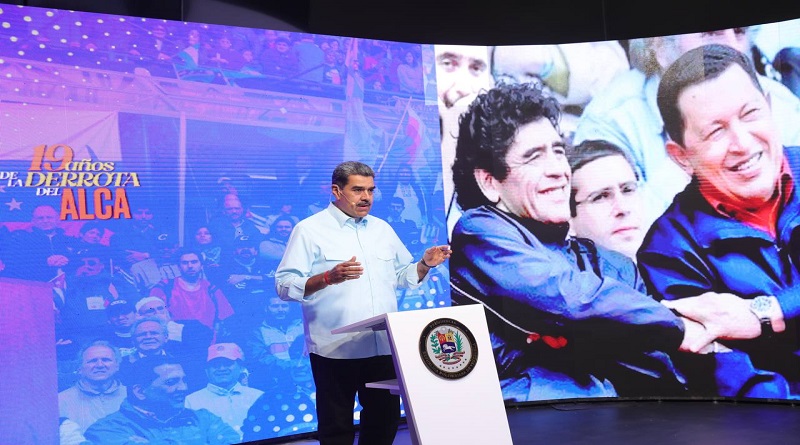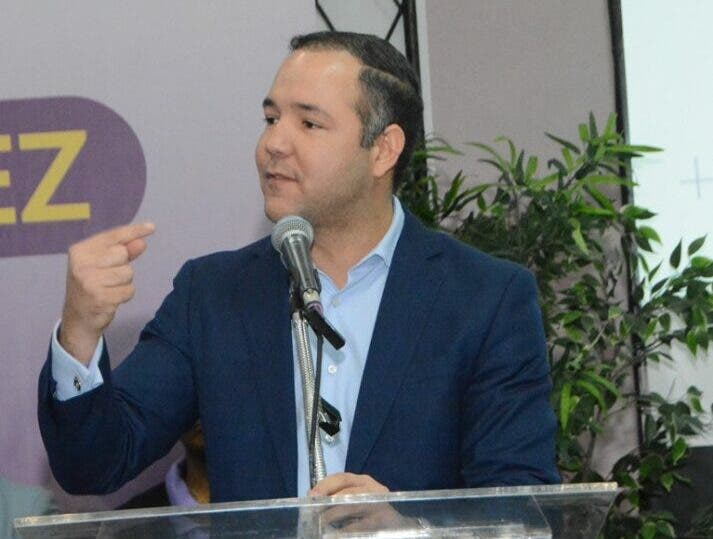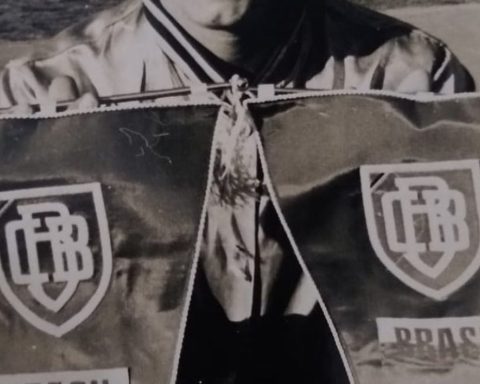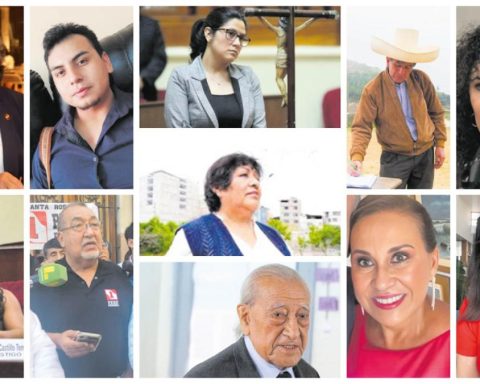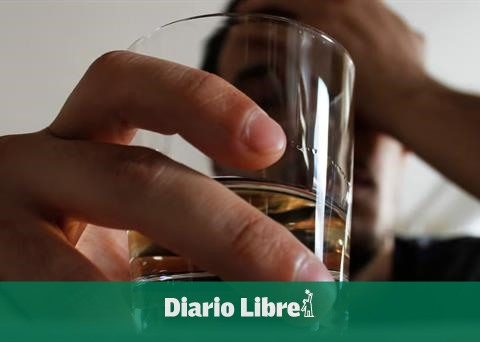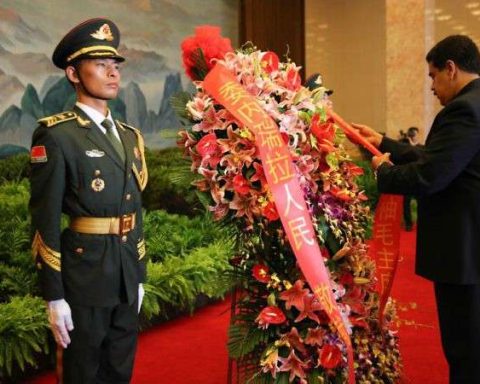Ministry of Environment formalized strategy for the recovery of electronic and electrical waste
In order to protect the environment and the health of the population from the effects derived from the generation and management of waste from electronic and electrical devices, the Ministry of the Environment presented a regulatory decree. Its owner, Robert Bouvier, said that it is a milestone for the portfolio he presides over and explained that a new stage begins, which is the implementation of a national management system for these materials.
Minister Bouvier defined the approval of the decree that regulates the comprehensive management of waste from electronic and electrical devices as very relevant. During his speech at the ministerial headquarters, he explained that this is the end of a first stage. “It is a way to give formality to all this work that took time,” he said.
The ultimate objective of this action is to protect the environment, including health, from the effects derived from the generation and management of these elements. He highlighted the joint work with the private sector, since he considered that in environmental policies without their participation it is impossible to advance. “We can outline the strategy, but we need your involvement to make it happen.” “We are taking charge,” he added.
Now a new phase begins, which is the implementation of a national electronic waste management system. He recalled that all citizens have products of this type in their homes and workplaces, in many cases, in significant volumes. However, there is no awareness of the value they represent, that an orderly arrangement can be made and even that work can be generated from them, and that all these actions lead to an improvement in environmental conditions.
The minister said he was confident that with this strategy better environmental protection measures regarding this waste would be achieved, with an action classified as circular. “There is an extended responsibility that includes the manufacturer and the importer, who must take charge of the final disposal of the waste that they themselves generate,” he said.
Likewise, he explained that they are required to adhere to a plan. Those who do not join are subject to sanctions. Municipal administrations and recycling cooperatives are involved in this new planning, through agreements that are soon to be finalized. In addition, two- and four-year goals are established.
THE WORK OF CEIBAL
Along with the Minister of the Environment, the manager of Planning, Purchasing and Logistics of the Ceibal Plan, Ignacio Gründel, and representatives of the Chamber of Importers of Office and Computing Machines, for the private sector, were present at the presentation of the regulatory decree.
In more than 17 years of management, Ceibal developed a circular and sustainable supply chain. Gründel explained that, based on certain pillars, enormous circularity was achieved in the tons of these devices that are imported annually. It is based on eco-design, specifications are defined and the aim is to extend the useful life of the devices, repairing them and reusing several of their parts.
Between 2007 and 2024, more than 3,000,000 devices were delivered. Today Ceibal reuses 40% of the spare parts it uses annually, which total about 400,000. For those materials that are obsolete, because they cannot be used again, recycling is managed appropriately, it is about valuing them and generating a new cycle in other industrial chains. This happens in 75% of cases and many of these resources are exported.
“Of a total of 150 tons per year, including plastic, iron, aluminum, copper, motherboards, cardboard, packagingThere is very little that cannot be reused, added the Ceibal representative, who reported that there is reverse logistics, set up at the country level, with 30 repair centers, which join strategic partners such as El Correo Uruguayo and suppliers and waste managers, allowing materials to be moved throughout the country. Ceibal represents 14 of the electronic waste that Uruguay formally processes.











